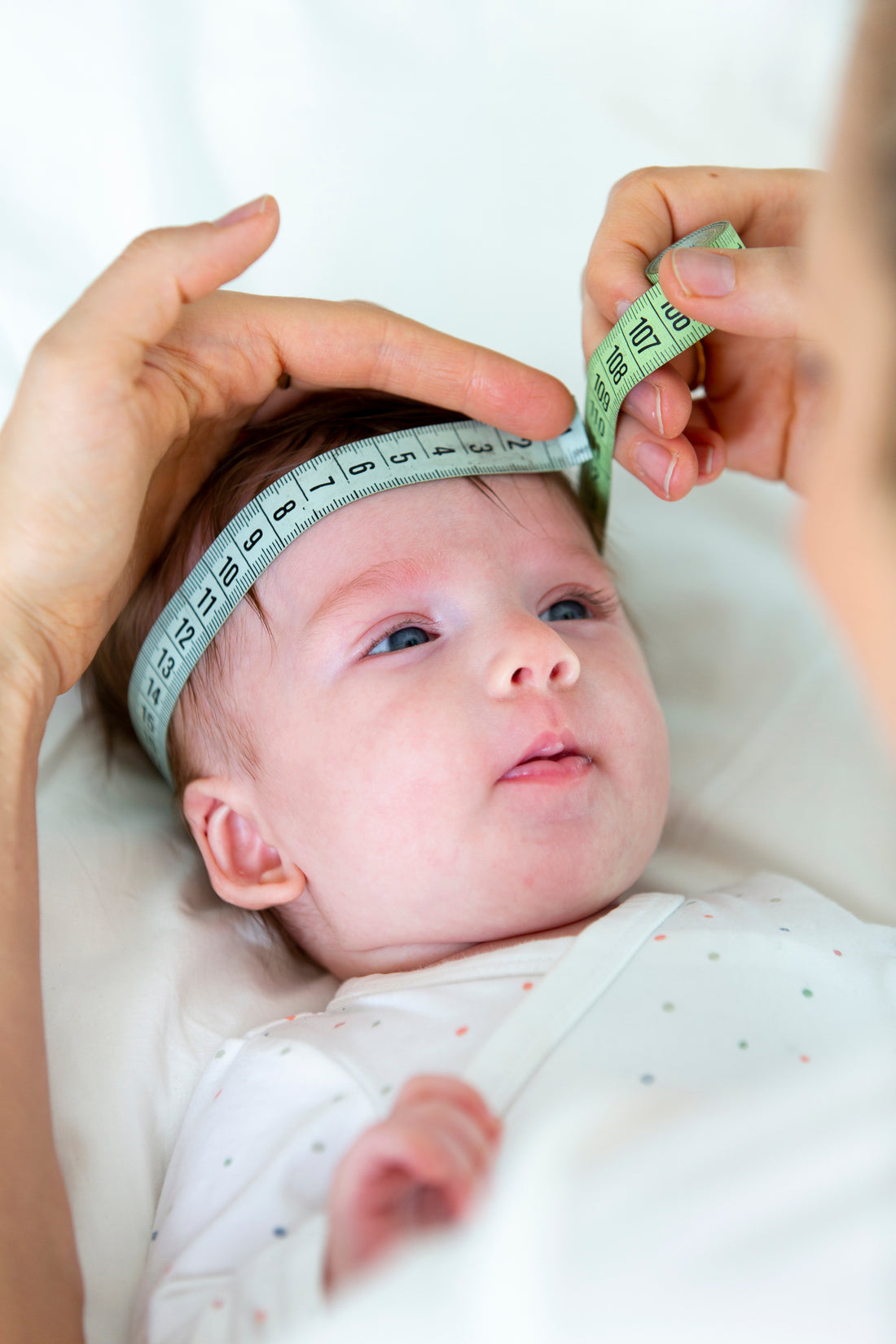How a child grows gives us information about their overall health and well-being. Growth charts are especially helpful because they are a way to measure development and nutrition as well as how an individual child compares with other children of the same age and gender. The growth charts used in Australia for children aged 0-2 years are based on the World Health Organisation (WHO) Growth Standards. For children aged 2-18 years, the Centers for Disease Control (CDC) growth charts are used.
What exactly is a growth chart?
Growth charts are graphs which shows changes in a child’s length, weight and head circumference over time. Health professionals use them to enter measurements depending on a child’s age, gender and gestation.
Growth charts are also a type of tracking tool using lines to give information about whether a child is growing as they need to. Some children track along the same lines from birth, others go up or down on different lines. What’s useful is to have a health professional monitor your child’s growth, especially if there are changes in the pattern of their growth.
All children born in Australia have a Personal Health Record book which includes growth charts. Head circumference, weight and length measurements are marked or ‘plotted’ on graphs so it’s easy to see an individual child’s growth over time. Growth charts are also kept by Child Health Nurses and GPs. Children who are growing well usually track along the same growth lines over time.
Length
A baby’s length is measured when they’re lying down. Generally, a measuring board is used with the child’s head up against the top of the board and both feet at the bottom. It can help to have a couple of people holding the baby gently against the measuring board to get an accurate measurement. From the age of 2 years on, height is measured when they’re standing up against a wall. A tape measure is positioned at the crown of their head and a measurement is taken.
Head circumference is measured using a tape measure placed around the widest part of the head. Because a baby’s head grows rapidly in the first year of life, increases are normal. Rapid increases in head circumference need to be monitored and investigated if there’s concerns.
Weight is measured by using baby scales. Ideally, a baby is bare weighed though sometimes this isn’t possible.
How will I know if my child is growing well?
All children grow in their own individual pattern. Genetics, activity, health, environment, gender and nutrition all play a part in growth. There is a wide range of ‘normal’ when it comes to patterns of growth. Rapid increases or decreases in growth can be signs of health or nutrition issues. This is why it’s important to have growth monitored at regular intervals by a health care professional.
You’ll also have a good idea of your child’s growth by how they’re behaving, what they’re doing developmentally and how active they are. Other ways you’ll know your child is growing is if they no longer fit the same sized clothing and nappies. Babies also tend to grow too big for their bassinette by around 3-4 months of age.
How will I know if my child is on the right growth line?
Growth charts are a guide only and all children have a pattern of growth which is right for them at their stage of life. It can help to think of growth charts as a way to compare 100 children of the same age and gender. Of these 100 children, 3 will be growing below the bottom line of the growth chart and three will be above the top line. Half will grow above the middle line and the remainder will grow under it.
Does it make a difference if I’m breastfeeding?
Breastfed babies tend to gain weight in a different pattern to formula fed babies, especially in the first 6 months. It’s common for breastfed babies to gain more weight in the first 6 months and then to slow down from around 6 months until 2 years. This slowing down is often called ‘plateauing’.
How would I know if my child is growing too slow or too fast?
Ask the health professional who has weighed and measured your child what the results are. It can be helpful to look at the measurements as they’re measured on the percentile charts and compare them with previous entries. Remember, it’s the pattern of growth over time which is important, not isolated weights and measurements.
Many factors will be influencing your child’s growth and it will be helpful to talk about these with your health care professional. If your baby has been sick, or not eating as well as they usually do, this is likely to be reflected in their weight. Children don’t grow at the same rate all the time – sometimes they grow quickly and sometimes their growth slows down. Children in the first year of life grow very quickly and after one year of age, their growth, especially their length, slows down. Children also tend to grow at different rates according to the seasons and how active they are.
Speak with your Child Health Nurse, GP and Paediatrician about your child’s growth.
Written for GAIA by Jane Barry, Midwife and Child Health Nurse, September 2023.



